One could write about so much about our world on this Earth Day...there's climate change, habitat loss, pandemics and factory farming, and the list goes on. But it's also Springtime - and that means baby animals, and sometimes even orphaned wildlife.
On top of that, there is also a highly pathogenic bird flu that has reached our city limits. There have been a lot of questions about what one should do if they come across either situation, and that is the purpose of this column.
(1) "Orphaned Wildlife"
It goes without saying that baby animals are adorable. Our first instinct is to want to help if we believe that a baby animal is orphaned. But sadly, the message of orphaned wildlife bears repeating as wildlife rehabilitation centres enter their busiest time of the year - with a large number of the "orphans" not truly orphaned.
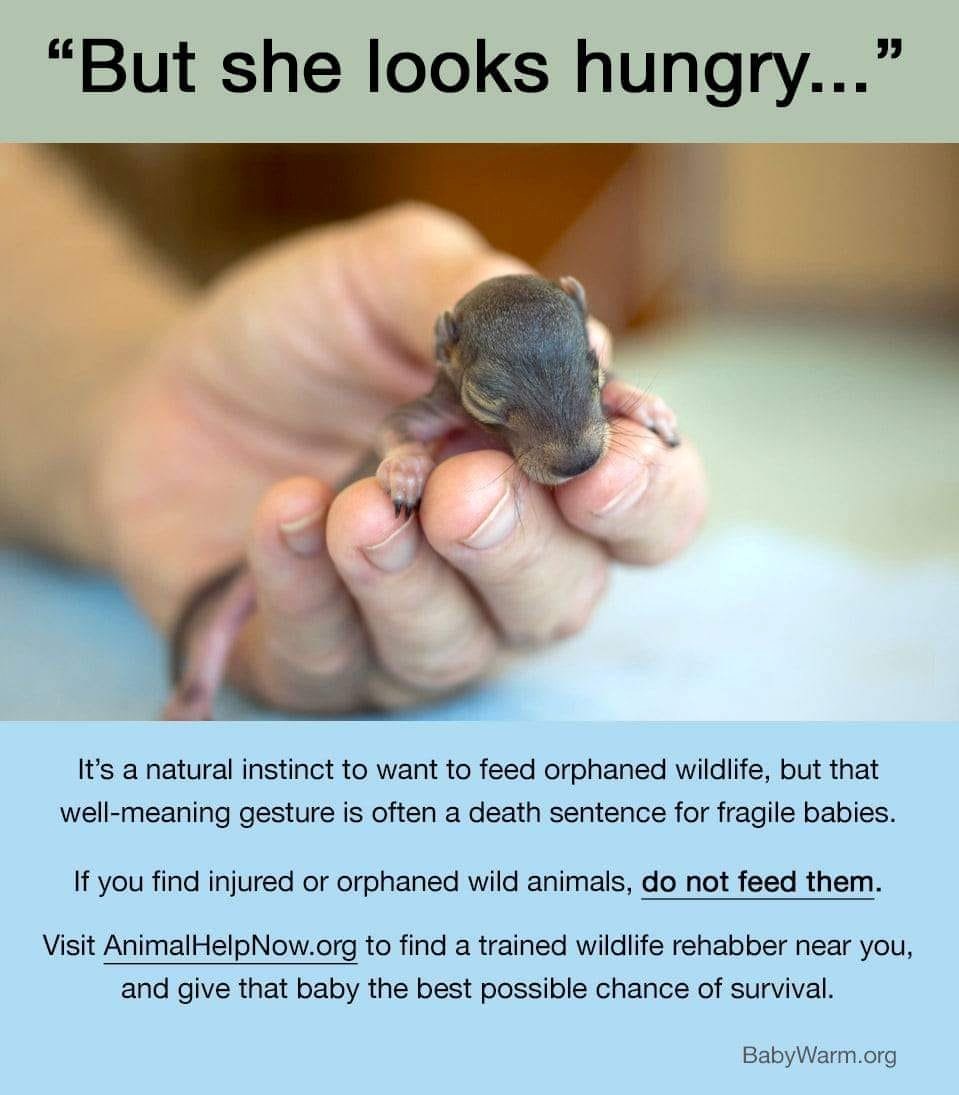
Wildlife rehabilitation centres are largely volunteer-run and funded by donations. They work hard to educate the public with the intention of returning wild animals to the wild. But it is important to know when an animal needs help, and when it needs to be left alone.
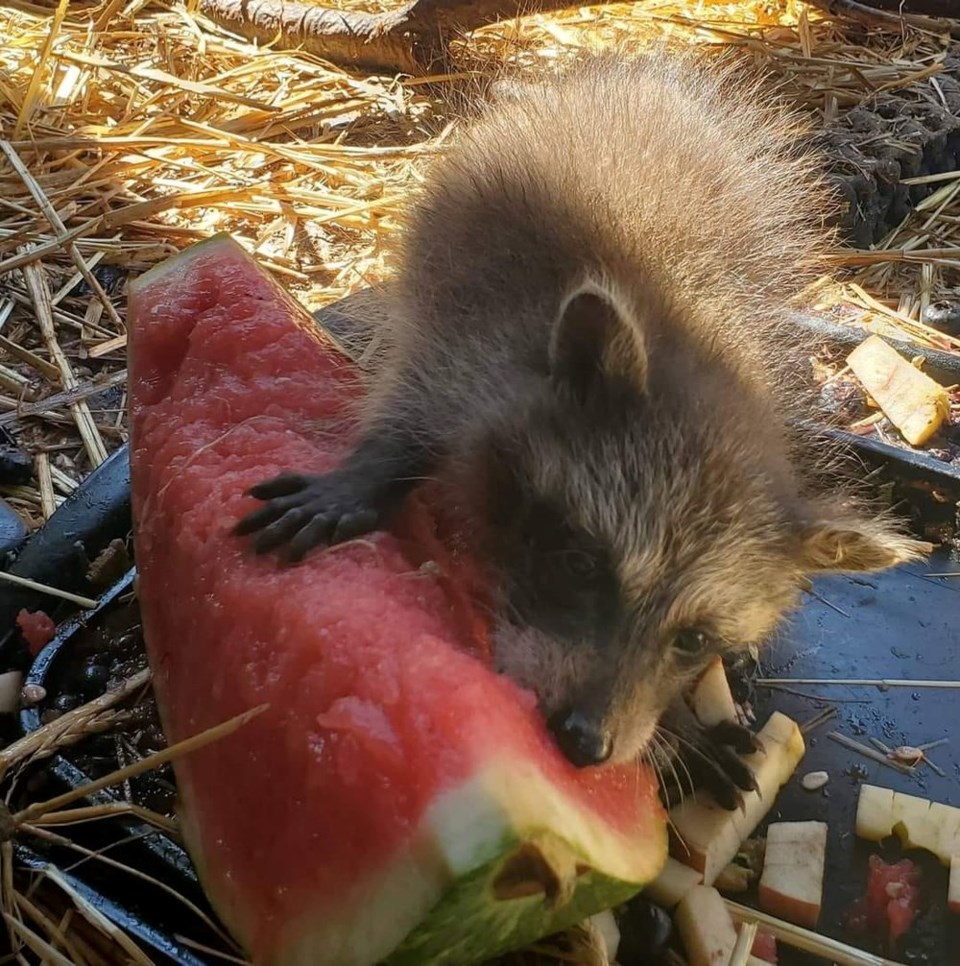
Never move a baby animal from its nesting site unless it is in obvious distress. Baby birds jump from their nest and the parents feed them on the ground until they learn to fly. Keep your pets inside and leave these babies be. If the baby bird has no fledged feathers, you can safely place the chick back into the nest. The mother will still return.
As for most mammals, their babies are not usually orphaned and abandoned when the mother does not appear to be there. The mother is usually foraging in the area - never very far from where the youngster(s) is/are.
A fawn is usually left alone, camouflaged and licked scent-free to be safe from predators. Unless the fawns ears are curled (showing it hasn't had milk for several days and is dehydrated), please leave that baby be!
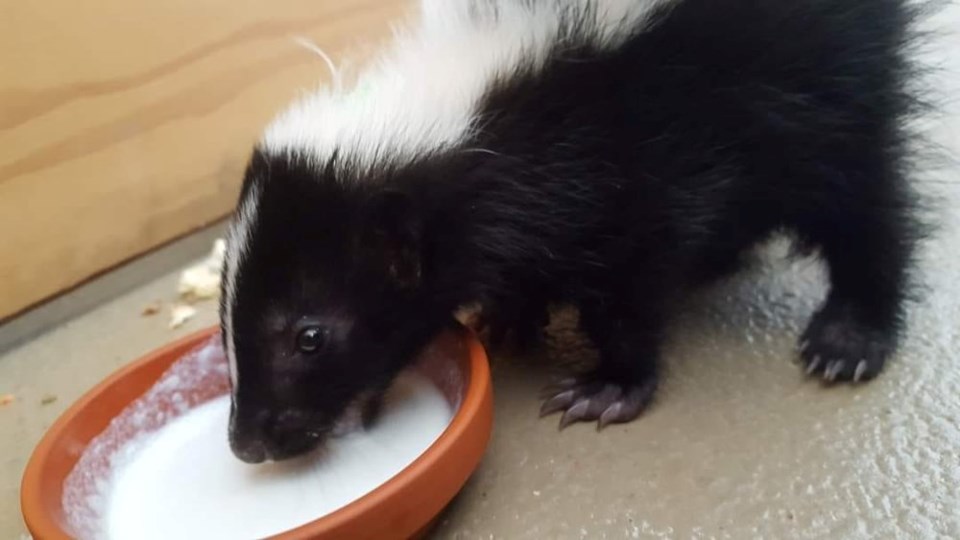
Are you seeing raccoons or even skunks wandering around more during the daylight hours at this time of year? Don't worry. They don't have rabies, but they have babies! And those babies mean that the mothers will require more food. They mean you no harm, so thank you for doing them no harm.
Rabbits leave their young alone except when the mother feeds them. Too often, baby mammals are considered abandoned and then picked up by someone. These people think they are helping and that the baby/babies are in distress.
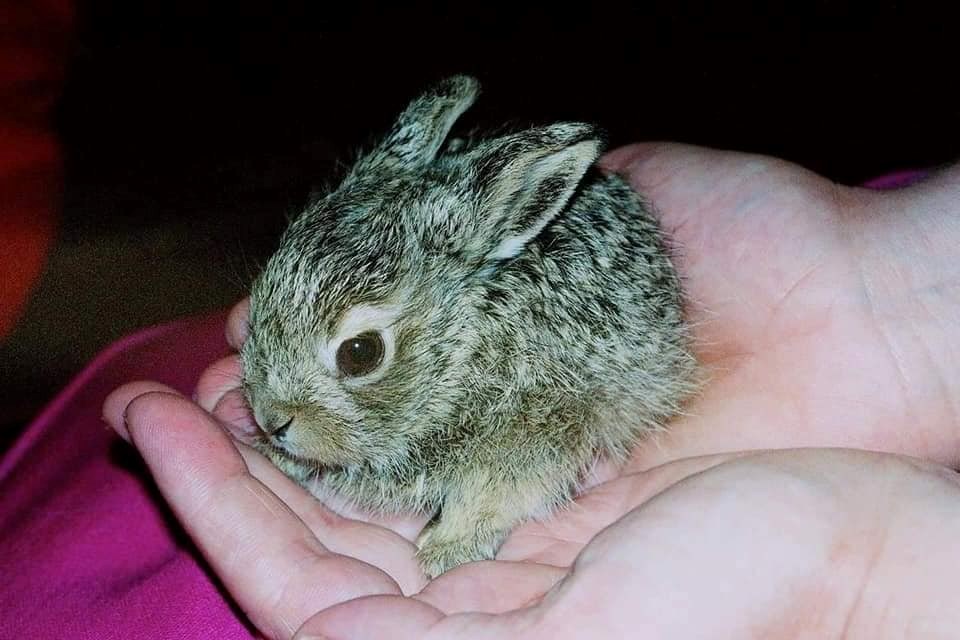
While their hearts are in the right place, quite often the mother then returns to an empty nest - and becomes quite distressed herself when she cannot find her young. Baby rabbits do not have a high survival rate when taken from their nests.
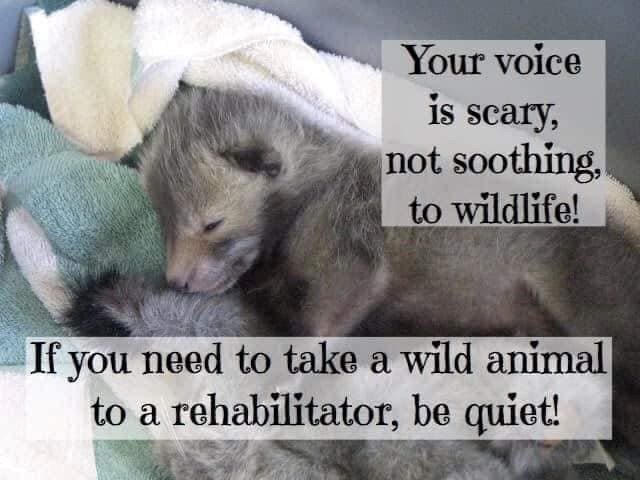
Wildlife rehabbers are thus inundated with young mammals every spring. The general rule of thumb is; "If you care, leave them there". But if you are unsure, you can call the Wildlife Rescue Society's wildlife hotline at (306) 242-7177. They will give you advice of what to do, call a local rehabber if deemed necessary, and arrange transport.
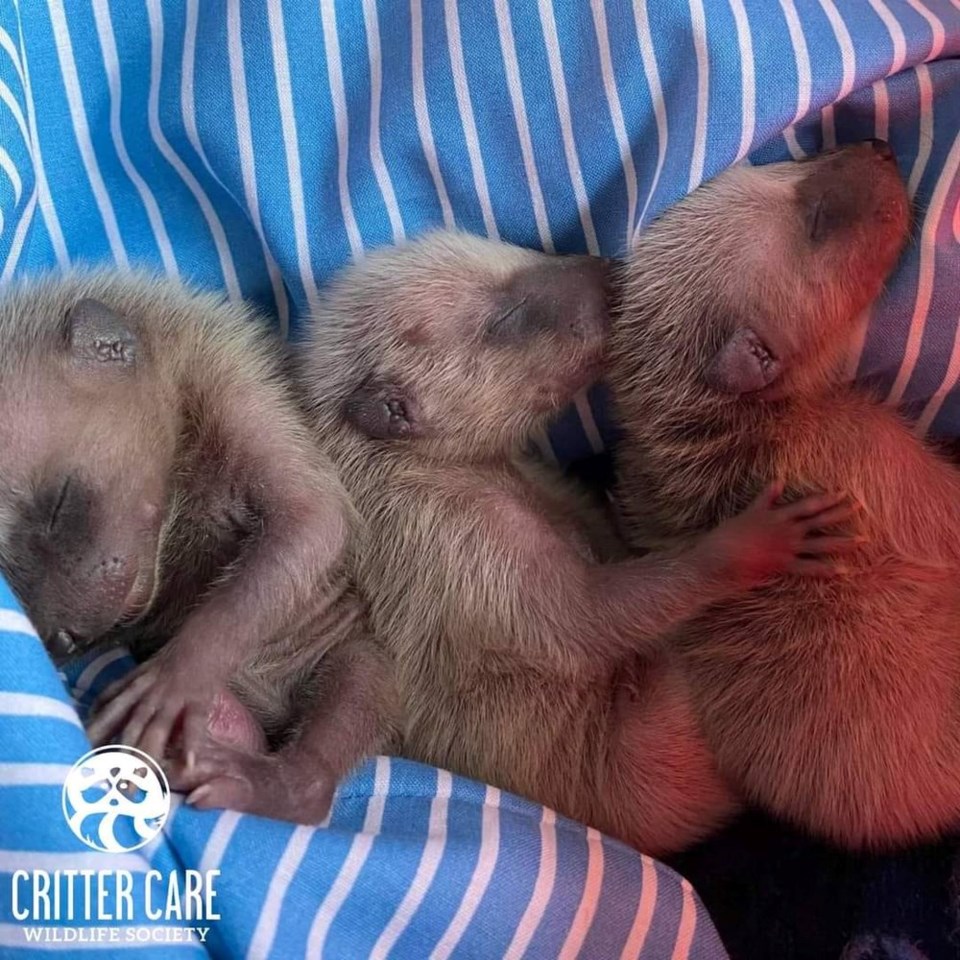
Depending on which province and area you live in, you can find out the hotline in your area - and I myself always carried a wildlife emergency kit in the trunk of my car - as you never know if you may run into an emergent situation! This included the hotline telephone number, a pet carrier (or box) with blanket, a water bowl, bottled water, a long net, a jackknife (if an animal was entangled), etc.
Where do wild animals hide their young? Read more here, https://www.mjindependent.com/.../beyond-your-backyard...
Remember the general rule of thumb of the Canadian Wildlife Service; "if you care, leave them there", when it comes to baby wildlife. Always be prepared however to lend a hand when it comes to animals in need.
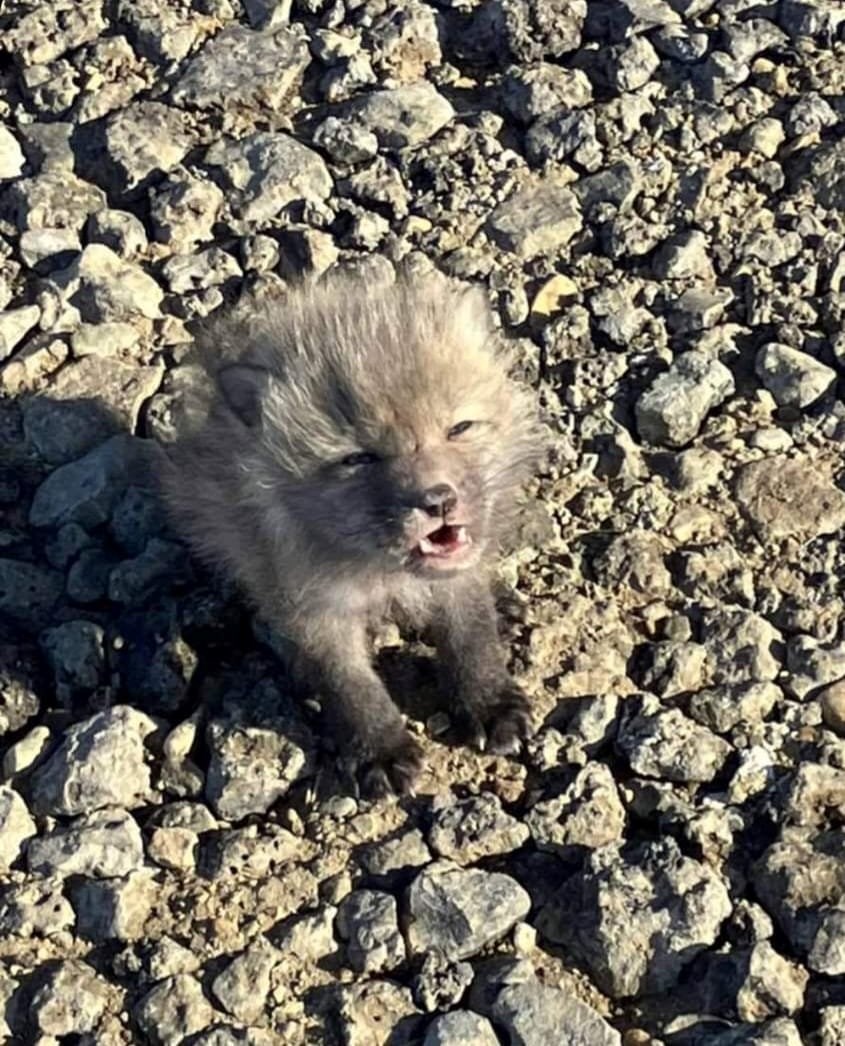
Whether it is a baby bird that has fallen out of the nest before developing feathers to an animal hit and left on the side of the road that needs veterinarian care, we can always show our humanity when it comes to helping other species.
2. "The Avian Flu"
A new threat to bird populations of all kinds within North America is the highly virulent avian flu. What should you do if you find a bird suspected of avian flu?
Do not touch sick or dead birds. Members of the public can call the wildlife rescue hotline at 306-242-7177 for further advice and they will take each situation on a case by case basis.
The province will not be collecting Snow Geese as they have been inundated with reports. The disease is much more likely to spread the more sick and dead birds are handled and transported around the province.
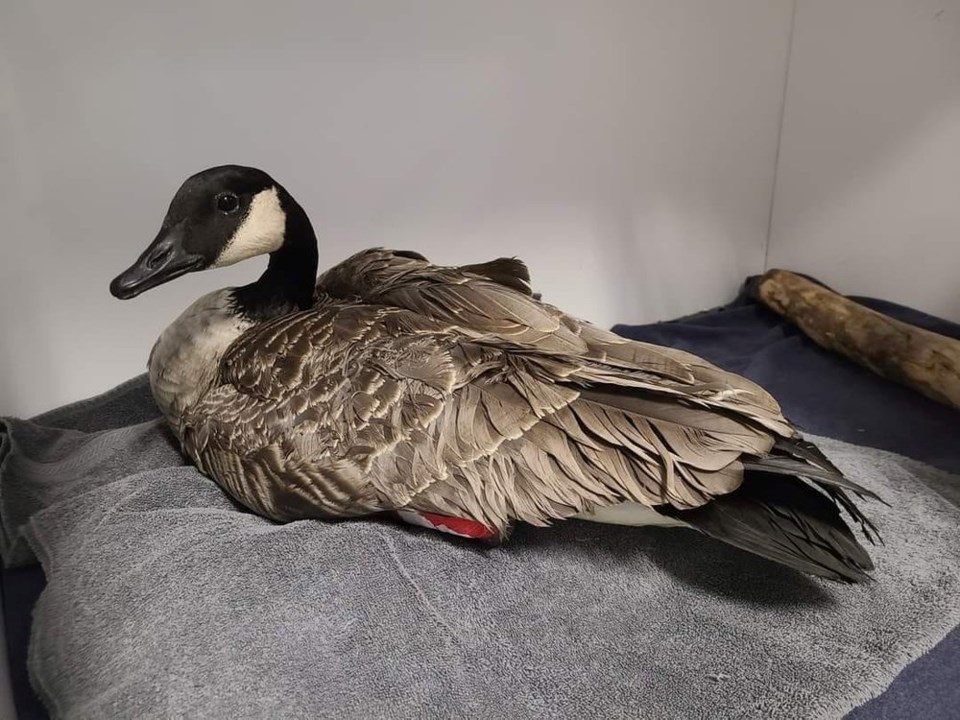
Unfortunately this strain is highly pathogenic and as such there is little that anyone can do to help these birds.
However if you can contain the bird, whether it’s dead or alive, so that predators do not eat it and come down with avian influenza, please attempt to do so. The wildlife rescue society will give advice.
The Conservation Officers are overwhelmed and underfunded, and as such are not able to come and get everything.
*The recommendation from the government is that you call 1-800-567-4224.*
The official advice is to report all of the birds and contact this number. There are, however, no guarantees that anybody is going to be able to come and pick the bird up. Please do your best in keeping pets and children away from the bird, and if you can contain it.
Birdfeeders
Down in the USA, the outbreak has been widespread and ongoing for some time. They recommended taking down bird feeders for a few months.
Here, the flu has not yet hit the backyard bird population, and you can help by keeping your feeders clean.
Although it is now Spring, and the feeders aren't as necessary as they are in the winter, if you plan on keeping them up please keep them clean.
Moldy bird feeders and seed can cause birds to get sick with other avian diseases as well.
Rake the fallen seed up from below the feeders and put it into the compost or garbage.
Clean the bird feeders using 2 parts bleach and one part water. Scrub. Rinse well. Allow the feeder to dry in the sunlight before refilling. Do the same with the bird baths.
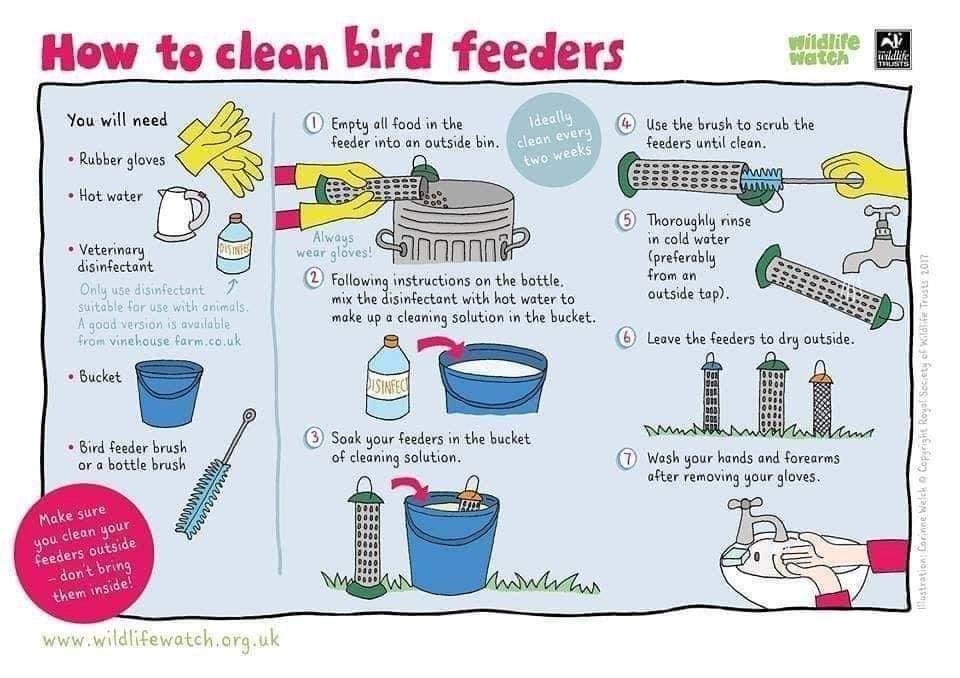
As for our pets, pet birds can get the avian influenza and die. Cats are somewhat susceptible, and can become sick with a respiratory infection. Although it can be transmitted to humans, it is extremely rare.
True humanity means helping both human and non-human beings. As Jane Goodall says, we all make a difference. You need to decide what that difference will be. I myself prefer to choose kindness and compassion.
Will you take the pledge on this Earth Day to be kind to all living things as well? Every species plays an important part in the ecosystem, and we cannot afford to lose this connected biodiversity.
Epp is an Environmental Educator and writer and is also the Past President and field trip coordinator of the Moose Jaw Nature Society.
Epp can be reached on the MJNS Facebook page or at [email protected] for more information, or you can call her at (306) 681-3198.



